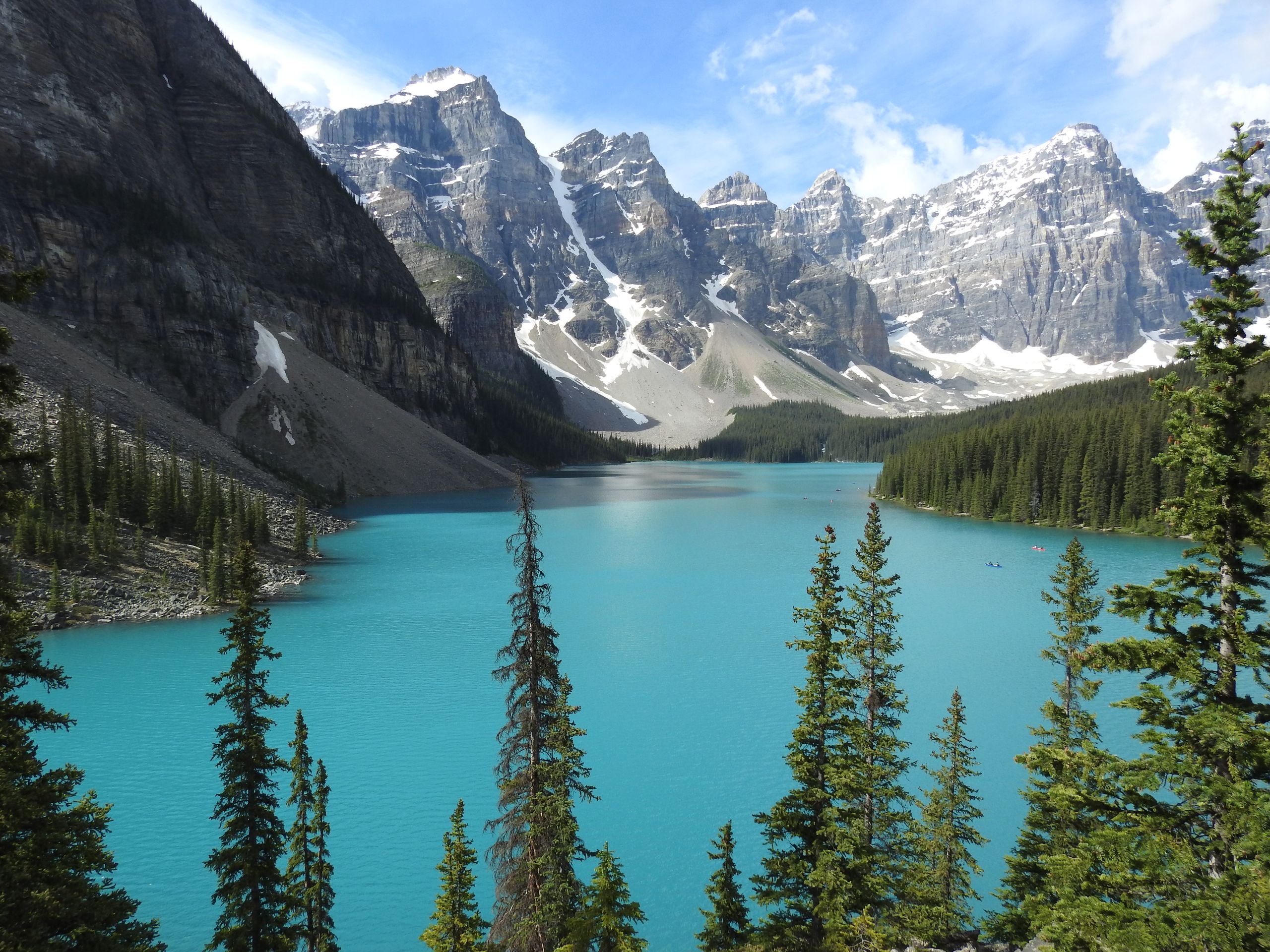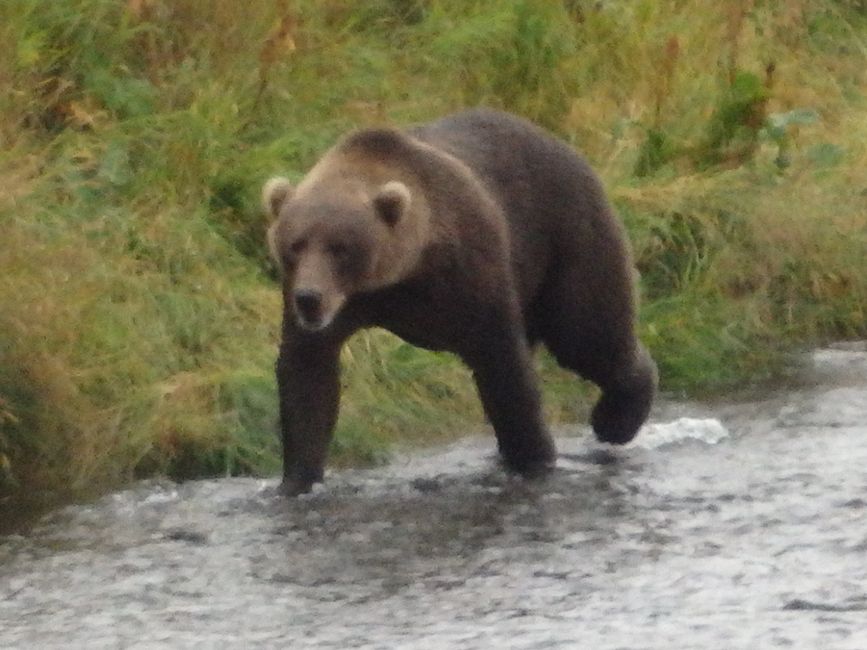
steiners-north-to-alaska
vakantio.de/steiners-north-to-alaska
BLOG 17 - Valdez
வெளியிடப்பட்டது: 20.08.2022
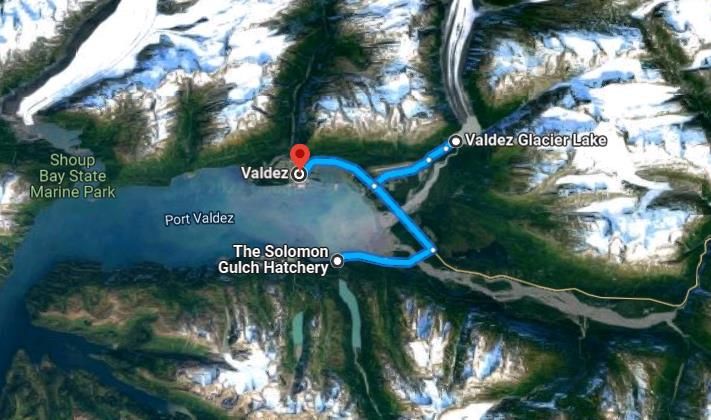

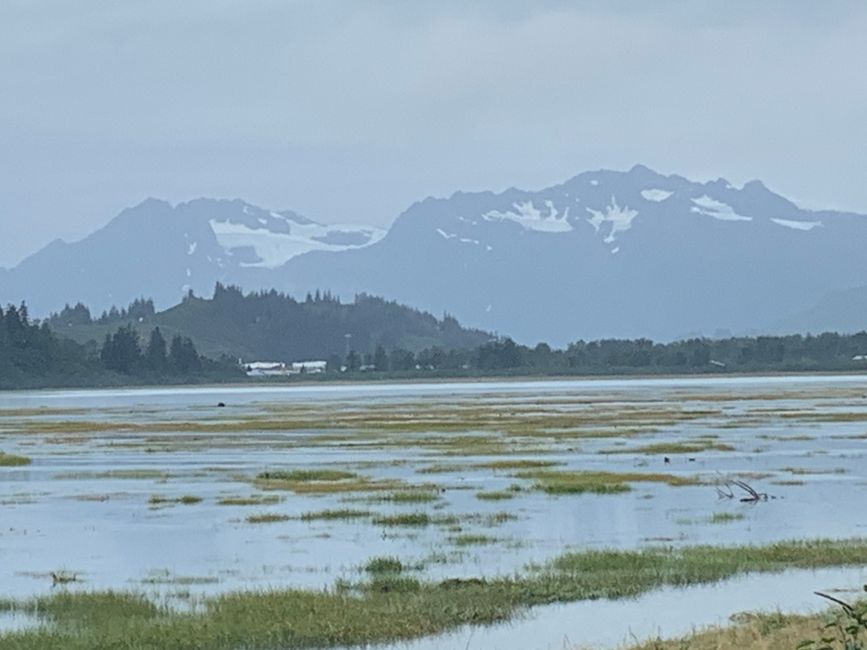
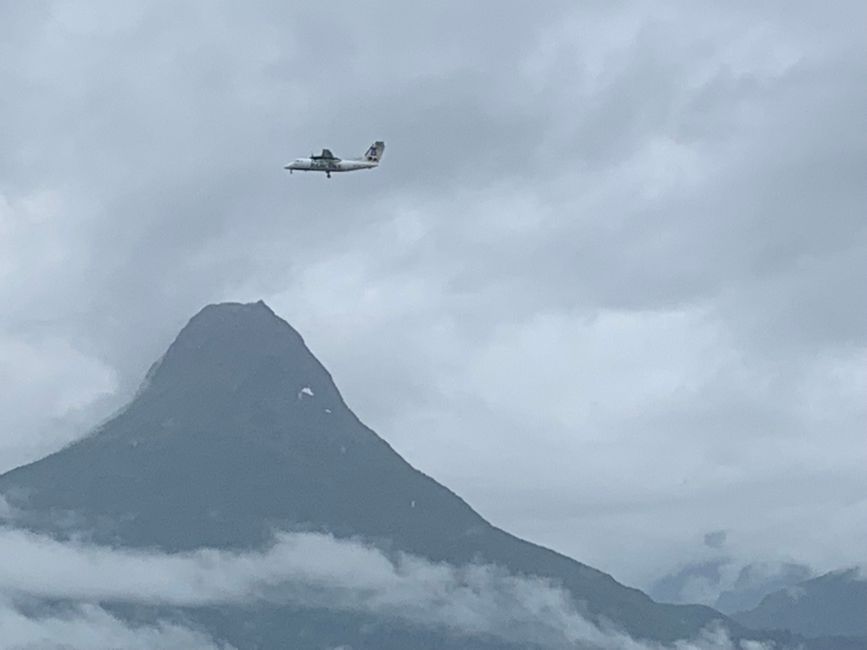
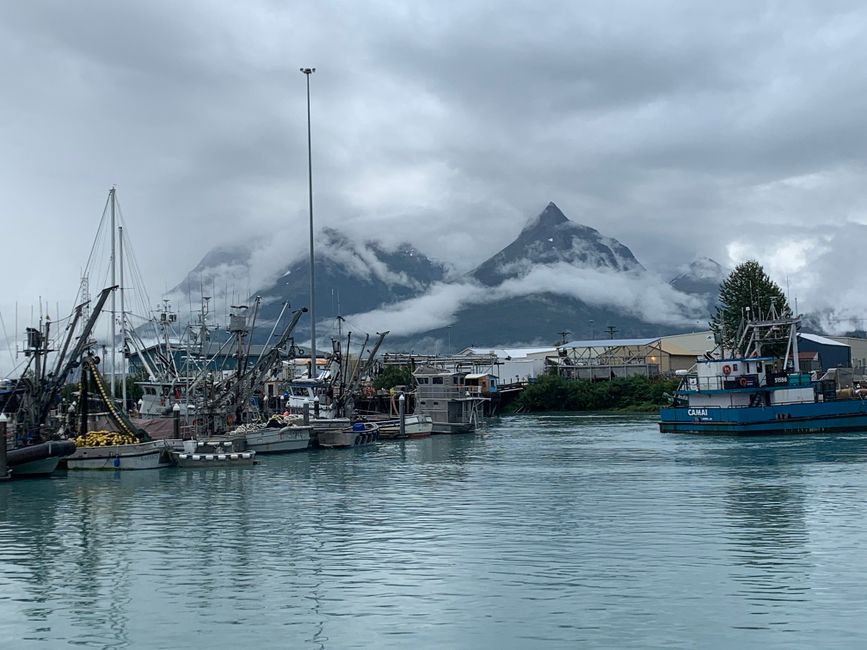
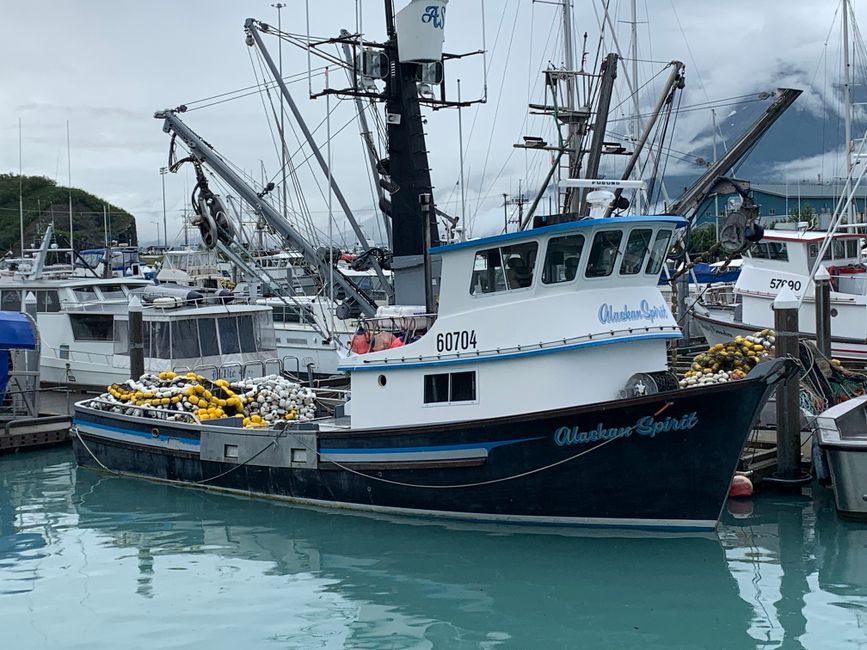
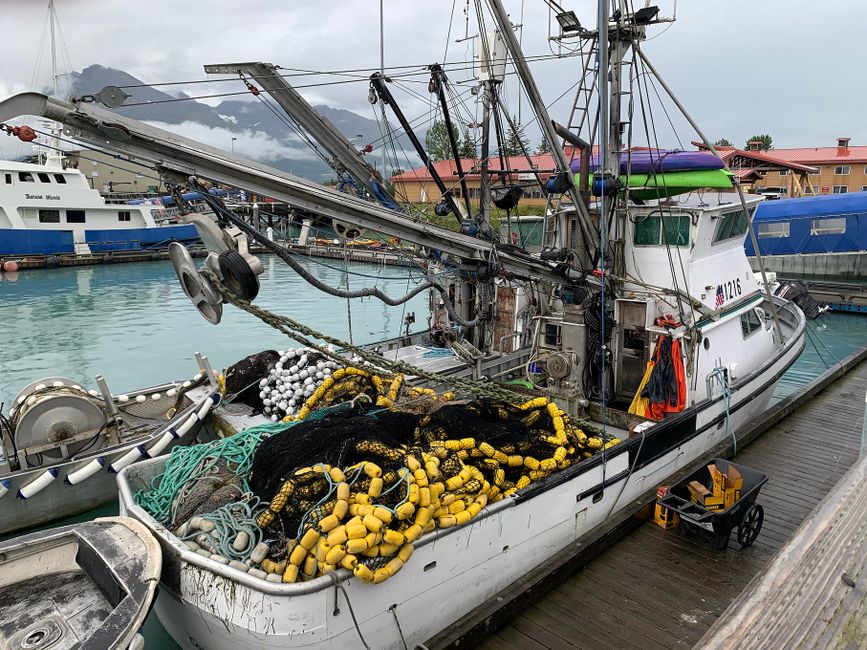
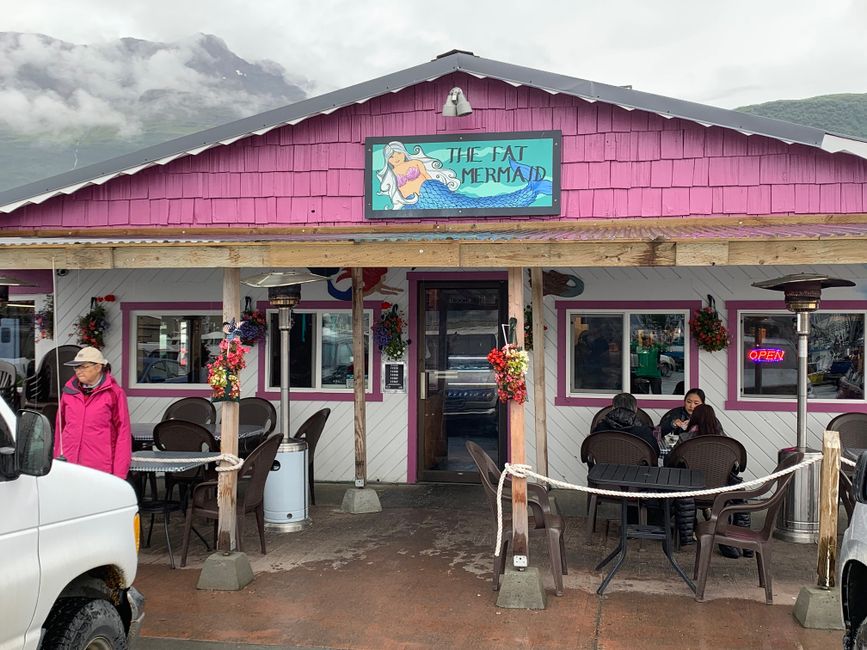
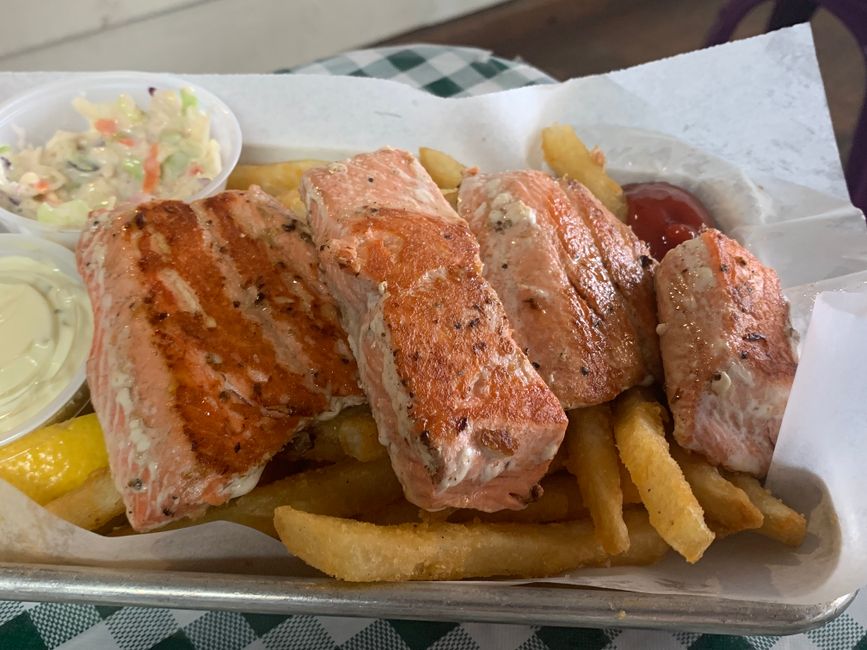
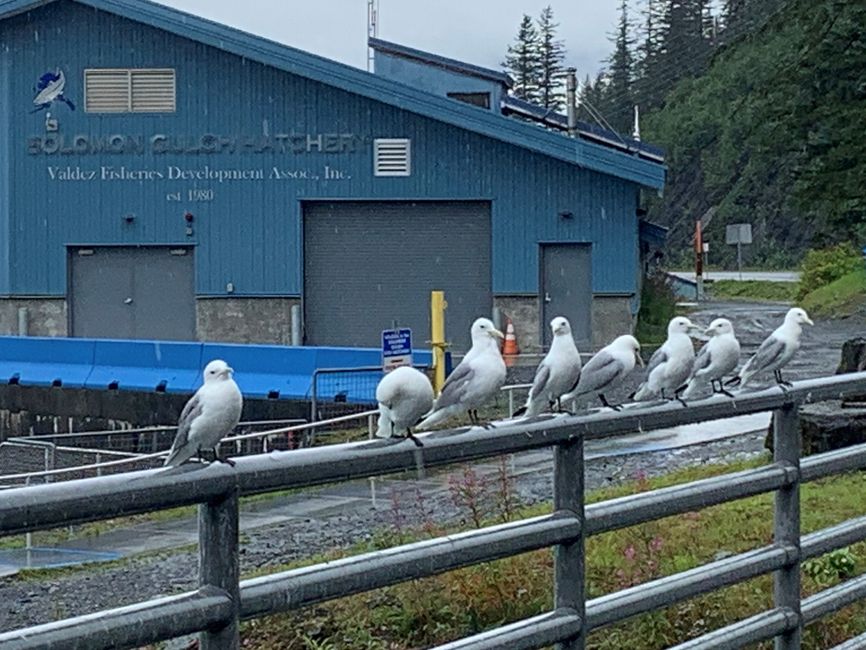
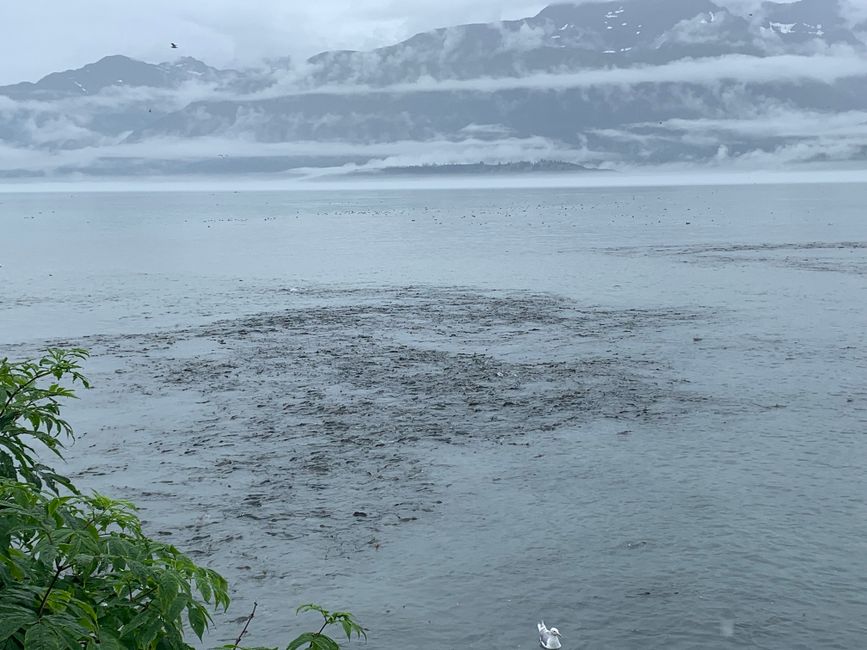
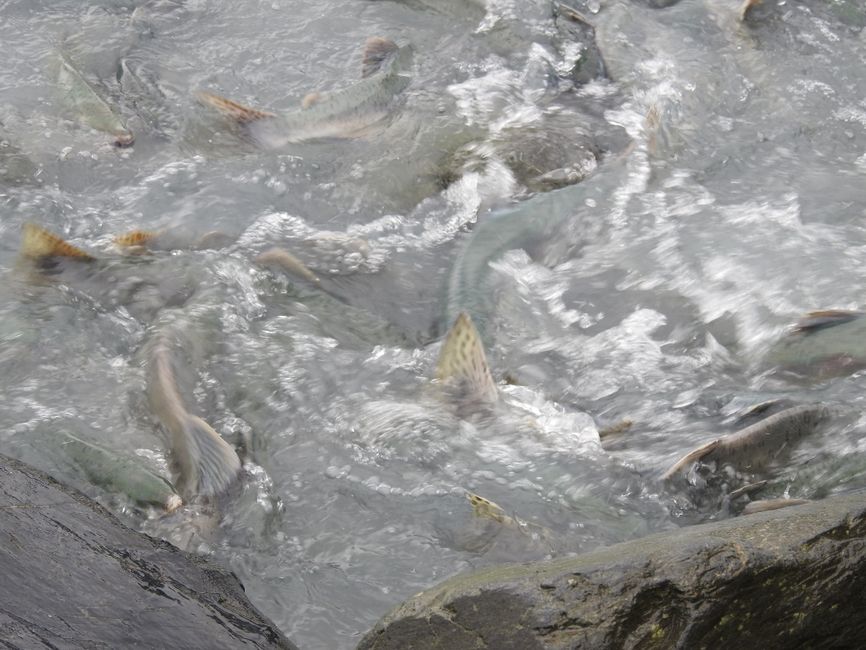
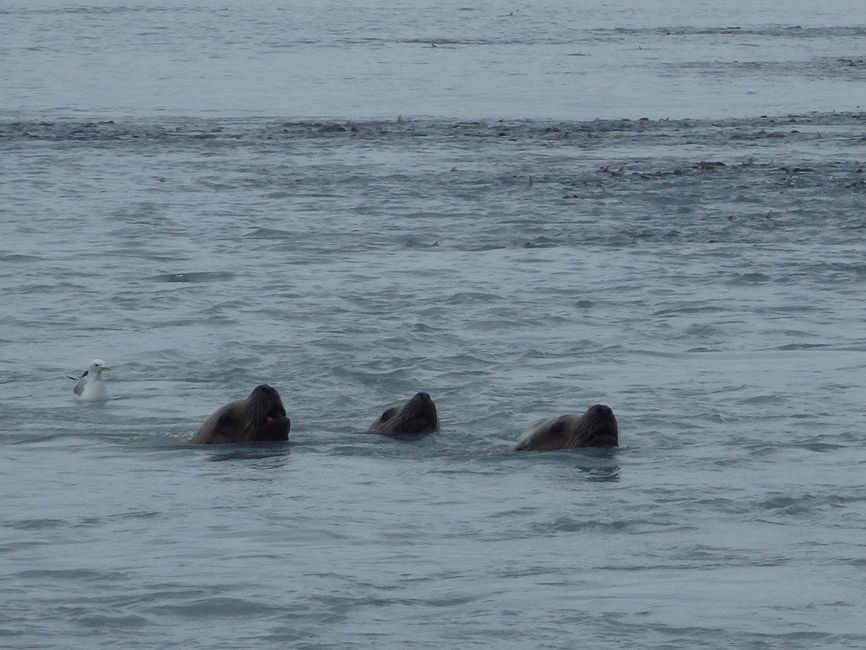
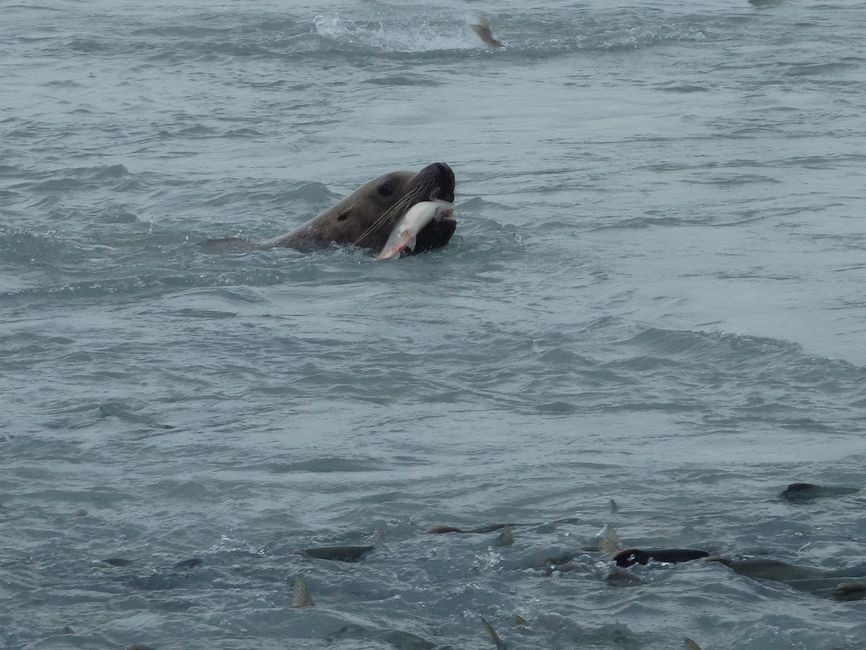
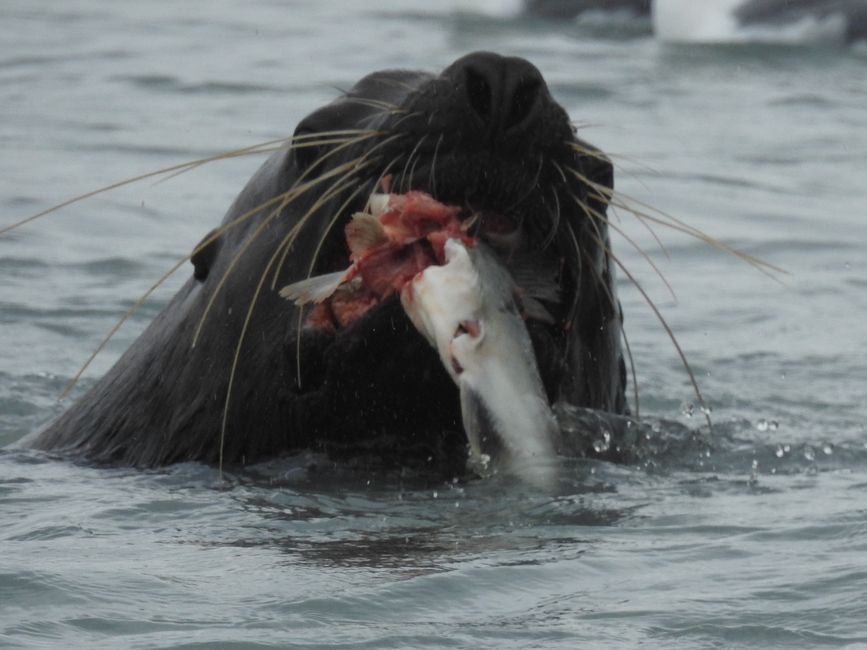
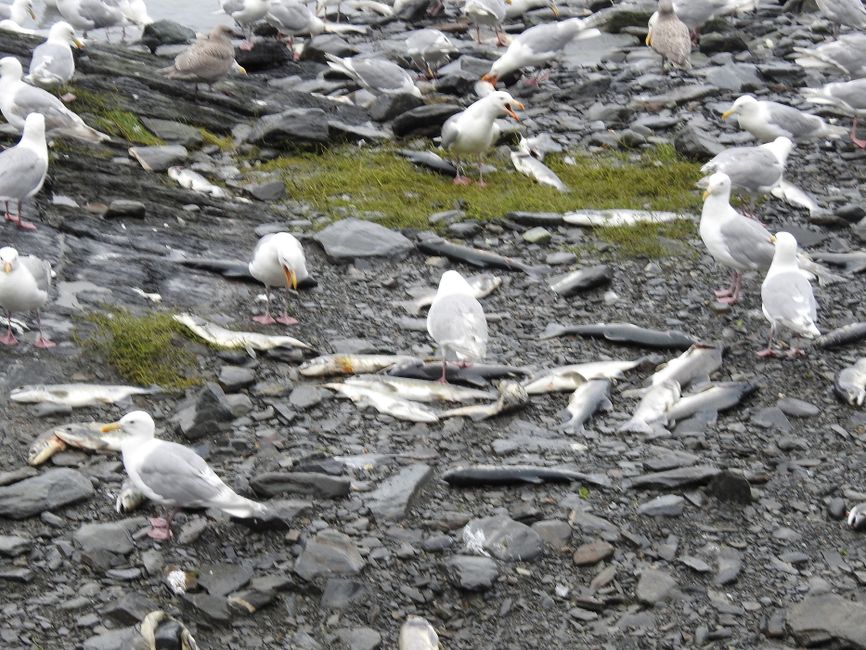
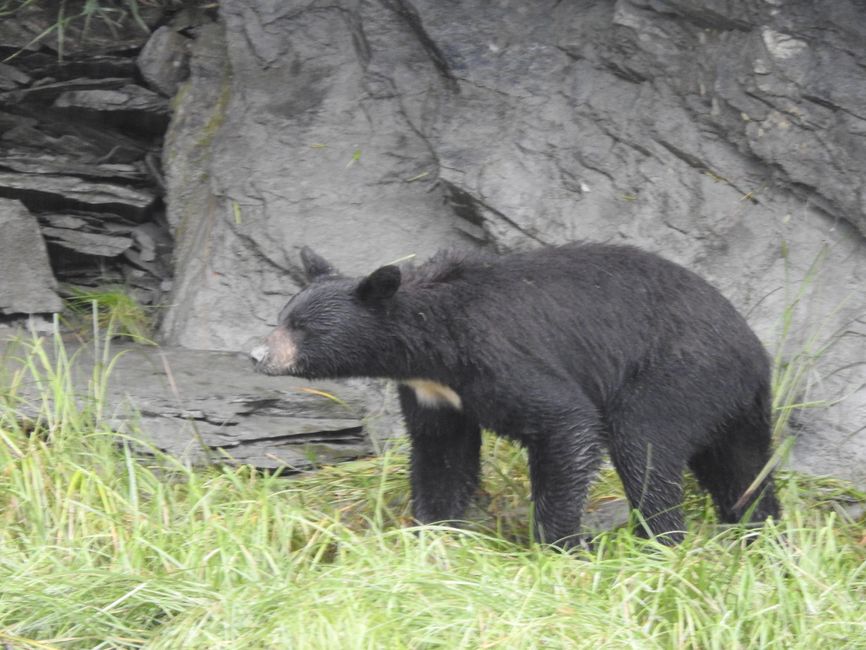
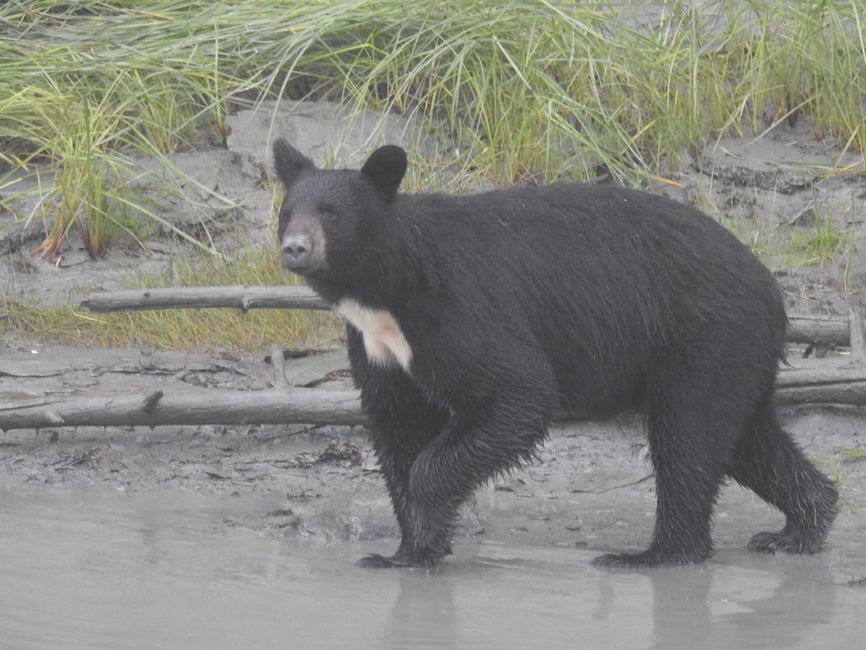
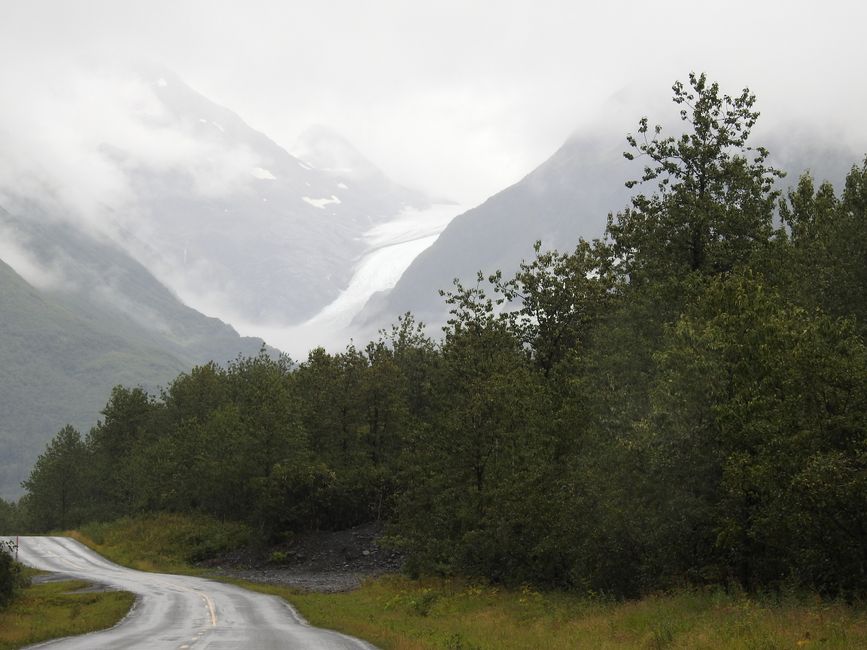
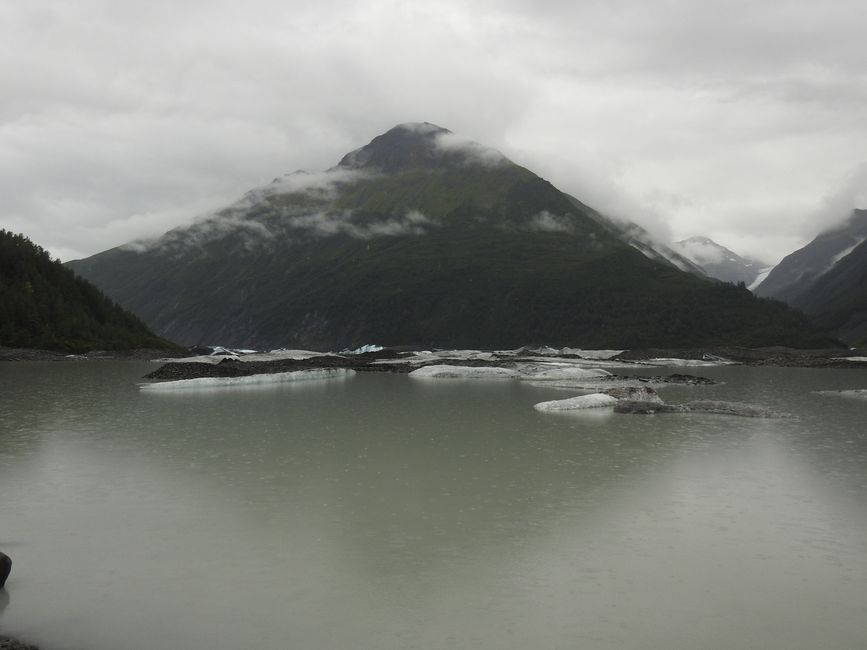
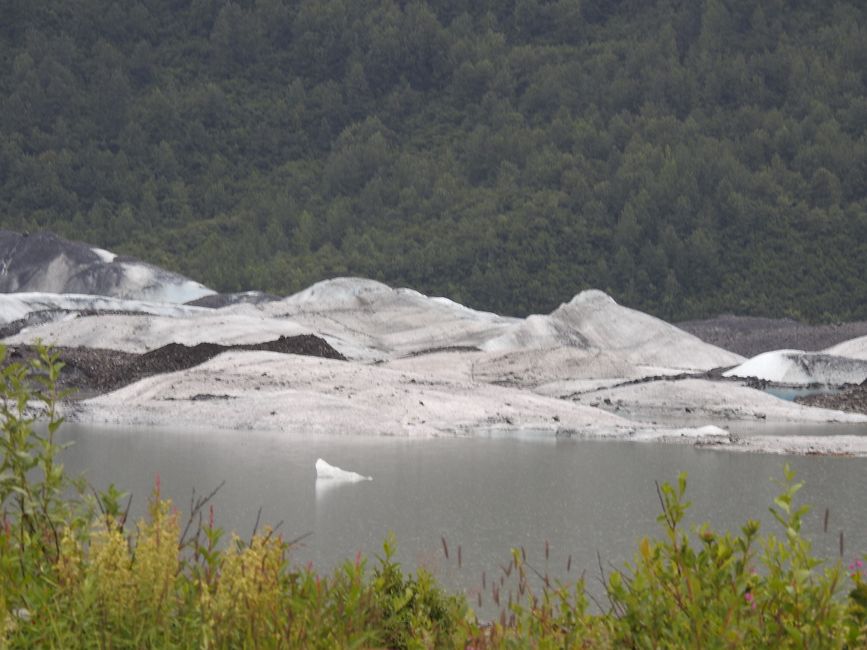
செய்திமடலுக்கு சந்தாதராகவும்
Valdez welcomes us with rain and throughout our stay there will be mostly rain and no sun.
In the late 19th century, a port for gold prospectors pushing into Alaska and using the Valdez Trail was developed in Valdez. Today, the city has nearly 4000 inhabitants.
In 1964, Valdez was almost completely destroyed by the 1964 Alaska earthquake with a magnitude of 9.2 - the strongest earthquake ever recorded in North America, and an immediate tsunami wave over 60 m high. There were 125 deaths in the area from Anchorage to Valdez, mostly from the tsunami. After the disaster, the city was rebuilt, but in a different location a few miles away.
The city is notable as Alaska's most important ice-free port and the endpoint of the Trans-Alaska Pipeline that runs through the entire state. The place gained sad notoriety as the namesake of the oil tanker Exxon Valdez, which crashed near the city in 1989 and caused an oil spill with around 42 million liters of crude oil flowing into the sea. However, no oil reached the city area.
We visit the Solomon Gulch Fish Hatchery, where up to 250 million salmon are 'produced' each year and released into the sea in spring. About 10% of them return in July/August of the following year and are partially used for next year's breeding. The whole project is primarily intended to support local fishermen in terms of 'ocean farming'. The salmon gourmets of the animal world - sea lions, seagulls, and bears will also find a richly laid table. Valdez is not an Eldorado for the human gourmet; the 'Fat Mermaid' has a very simple ambience, but the salmon and halibut are excellent - the fishing port is directly across.
Valdez Glacier can only be seen from a distance, but the Glacial Lake would probably be quite a sight if the weather were nice.
செய்திமடலுக்கு சந்தாதராகவும்
பதில்
